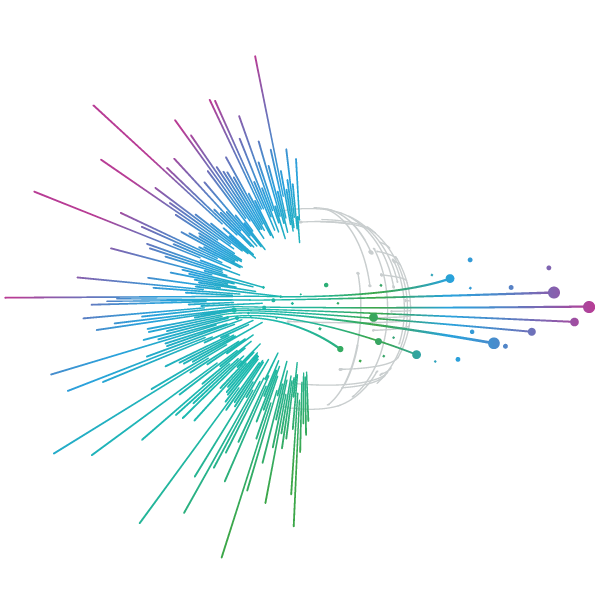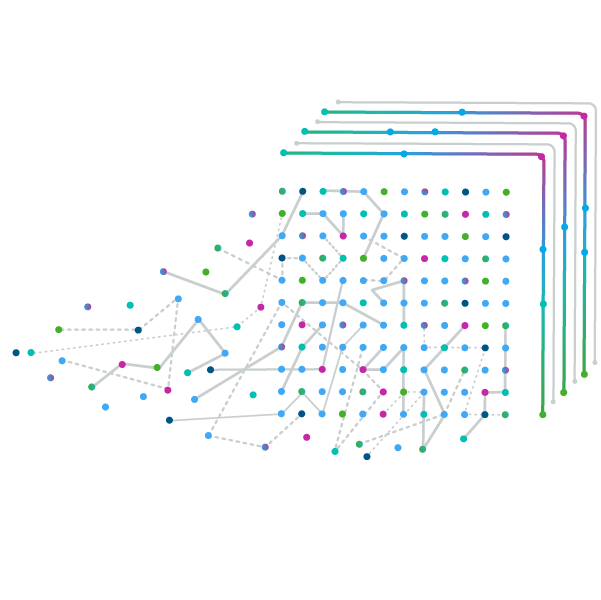Take advantage of the latest tools, techniques, and deep healthcare expertise to create scalable resources, precision insights, and actionable ideas.
In 1987, Zantac, a treatment for peptic ulcers, reached US$1 billion in annual sales, becoming the first “blockbuster” pharmaceutical product. Over three decades later, this term is still used unchanged to describe products with over $1Bn annual sales.
Since 2012, the number of products meeting the $1Bn threshold has doubled, from 96 to 188 in 2022. However, the industry context has changed considerably during this time period, including the size of the total pharmaceutical market and the investment required to develop and bring a new product to market. Therefore, sales of $1Bn are clearly no longer as significant as they once were, and arguably, “blockbusters” defined as $1Bn sales no longer represent an elite group of products.
In this blog, we will explain why the pharmaceutical industry should re-evaluate its use of the term and propose an alternative definition for making blockbuster a meaningful concept again, fit for today’s world.
Value equivalence: why the blockbuster definition must change
Against an industry context which is materially different from when the original blockbuster term was coined, a meaningful definition for today must maintain “value equivalence” – a new asset’s relative contribution to a company’s enterprise value. As proxies to determine equivalent contribution, we considered two factors: (i) peak sales relative to the market that represent an equivalent ambition level; and (ii) an asset’s underlying R&D investment as the denominator for equivalent lifecycle RoI.
- As global prescription pharmaceutical sales have doubled from $665 billion in 2012 to $1.27 trillion in 2022, at ex-manufacturer prices, the market share that $1Bn represents has dropped from 0.15% to 0.08%. Therefore, the label blockbuster, as traditionally used, now represents only half the ambition level of what it did in 2012, all else equal.
- At the same time, R&D investment required for developing and bringing a new product to market has increased by 60% over the last decade. Consequently, the original $1Bn blockbuster now only generates 62.5% (i.e., 1/1.6) of its 2012 lifecycle return on related R&D spend.
We therefore propose to re-define “blockbuster” on the basis that it reflects an equivalent ambition level of market share attainment that is delivered against increasing R&D investment. Using this definition, the blockbuster threshold for 2022 rises to $3Bn, at ex-manufacturer prices.
Importantly, we are assuming that lifecycle revenue profiles remain unchanged. Arguably, this is a generous assumption, because many assets in fact have less time to earn returns on R&D investment, due to accelerating innovation cycles, with competitors launching faster, or the potential impact of policies on exclusivity periods, e.g., the IRA in the U.S. or the EU pharma legislation. This would mean blockbuster peak sales would have to be even higher to achieve value equivalence.
Based on this new definition of $3Bn sales, 45 products qualify as “true blockbusters” in 2022, compared to the 188 that would be considered blockbusters by the original $1Bn definition (see Figure 1).

This is roughly half the number of blockbusters seen in 2012, a reflection of an increasingly harsh operating environment, including growing cost pressure, intensifying competition, shrinking white space and opportunity fragmentation.
Value equivalence is an important concept to prevent devaluing the blockbuster term while helping companies and their investors set adequate expectations for true outperformance in today’s pharmaceutical market.
Staying at the top: churn among the global top 20 best-sellers
The true global elite of best-selling products are the top 20 ranked by global sales in any given year. In 2022, entry into the global top 20 required over $6Bn in sales – six times the original blockbuster definition, or twice our proposed, redefined blockbuster. The threshold for making it into the top 10 was an astonishing $10Bn in 2022.
If getting to the top is hard, staying there is even harder, except for a tiny elite. Since 1993, only five products have occupied the #1 spot – Zantac, Losec, Lipitor, Humira, Sovaldi – and on average stayed there for six years, often, in the case of Losec, Lipitor and likely Humira, until loss of exclusivity, while Sovaldi managed to hold on to its top spot for only one year.
The average longevity of drugs as top sellers drops by more than half from rank #1 to ranks #2, #3 and #4, to 2.5, 2.3 and 2 years, respectively, and it further decreases down the rankings. Beyond rank #4, products among the top 20 best-sellers on average maintain their top ranking for just over one year (see Figure 2).

Therefore, it may be worth considering a distinct category for these super-blockbusters in the top 4, with annual sales at >$21Bn, or 7 times the revised blockbuster threshold in 2022, at ex-manufacturer prices, and relatively greater staying power than the rest.
Implications for the pharmaceutical industry
As the pharmaceutical market continues to evolve, so must the language we use to describe it, including the meaningful definition of a blockbuster based on value equivalence. However, this is not just about definitions, there are very real implications for the industry, for example:
- The peak sales threshold for biotech companies’ assets to attract big pharma’s attention
- The typical size of targeted bolt-on acquisitions that make a difference to big pharma valuations
- Portfolio strategy: Which therapy areas can support a redefined, $3Bn blockbuster, given the trend towards precision products targeting smaller patient populations, e.g., in oncology, or intensifying competition in many TAs leading to crowding and opportunity fragmentation, e.g., as seen in major autoimmune indications?
In the second part of our blog, we will further explore the implications for the pharmaceutical industry of setting its sights higher in pursuit of true, $3Bn blockbuster products.

























